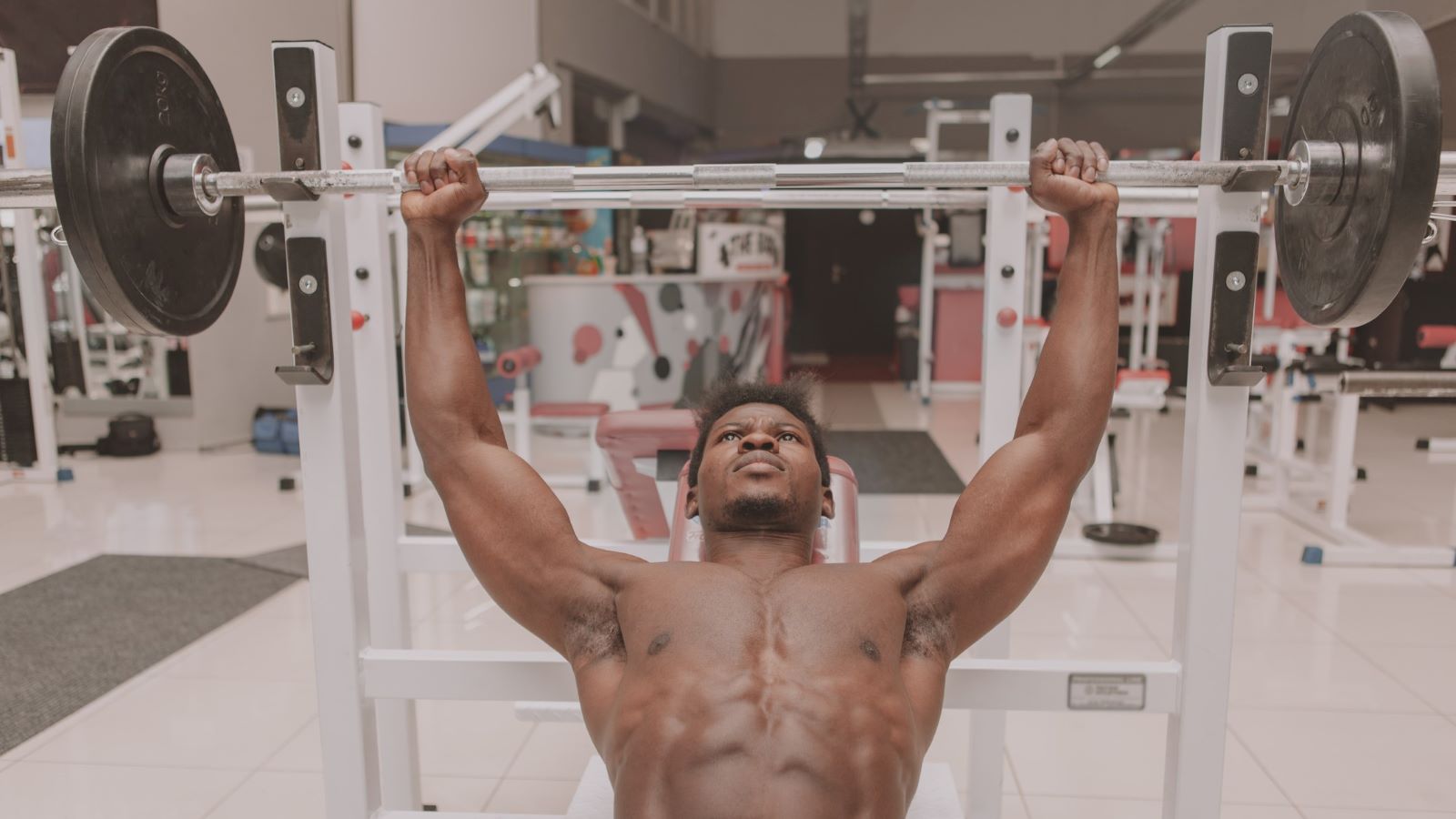

For men, mastering bench press means mastering how to build muscle on your upper body. In this article, we'll discuss the basics of how to bench press correctly, what muscles bench press works and what are the best bench press alternatives and variations.
The bench press is an amazing compound exercise that mainly works your pecs – a.k.a. chest muscle – and your triceps, but it also utilises a range of other muscles on your upper body too, including the delts (shoulders), forearms, core and more.
Better still, the bench press can be performed with a variety of home gym equipment, including barbells, dumbbells, kettlebells and even resistance bands. Heck, you can even use a gym bag filled with whatever heavy objects you can find at home to do bench presses.
As effective as the bench press is, doing it incorrectly can hinder your muscle building progress in the gym or at home. Holding your arms in the wrong position, not establishing the correct muscle-mind connection and holding the weight incorrectly can all result in injuries and not sweet, sweet gains.
The bench press is one of the BIG 5 exercises that can give you a full body workout and is an essential upper body compound exercise that works your arms, shoulders and – of course – your chest muscles or pecs if we're getting scientific.
Do you think you know how to bench correctly? After reading through this article, you sure will.
- BENCH PRESS SECRETS!
- I tried this simple bench press trick and it absolutely blew my mind
- How I set a new bench press personal best with a simple nervous system 'hack'
Bench press: safety first!
You can't be careful enough when working with big weights. During barbell bench press, you place your body (head, neck, etc.) under a bar loaded with heavy plates. If it slips or falls, you can seriously injure yourself.
Sign up to the T3 newsletter for smarter living straight to your inbox
Get all the latest news, reviews, deals and buying guides on gorgeous tech, home and active products from the T3 experts
Best way to avoid injury is to get a training buddy who can spot you when you perform bench presses. Second best thing is to set the bench up so even if you can't lift the bar up, you can safely slide out from under it. Check that the fasteners are on and the weights are secured properly on both ends.
And always, always warm up before exercising and make sure you don't push your muscles too much. Rest is equally as important as the exercise itself.
Needless to say, you can also focus on each of the areas individually the bench press works: we have the golden rule to follow to get bigger shoulders as well as the secret to get bigger arms. And, you know, you can always just concentrate on building big biceps too.
How to bench press correctly
To perform a barbell bench press, load the bar up with the weight plates you would like to use and secure both sides with the spring collars. Both sides of the bar have the same amount of weight on it.
Lay down on the weight bench with your head resting under the bar, feet on the ground. Place your hands on the bar, a bit further than shoulder width apart. Use an overhand grip (palms facing towards the feet) and engage your core. You want your feet to dig into the floor a bit, make sure they are firmly pressed down before you lift.
As you exhale, push the bar up off the rack and extend your arm fully. Inhale as you lower the bar down to your chest, tucking your elbows in slightly. Come close to the chest as you lower the bar, then as you exhale, pressing the bar up again.
The best way to activate your pecs is to lower the bar slowly (roughly 3 seconds) and then press it up hard. This method will increase the 'muscle-under-tension' time, activating the pecs and the triceps more efficiently.
Be careful how you hold the bar in your hands: your fist should be pointing upwards and be in line with your forearm, also pointing right up. If you let it fall back, the weight will put a lot of pressure on your wrists.
As always, form is more important than the amount of plates on the bar and you will see results sooner by applying good technique than if you tried to up the weights for every session.
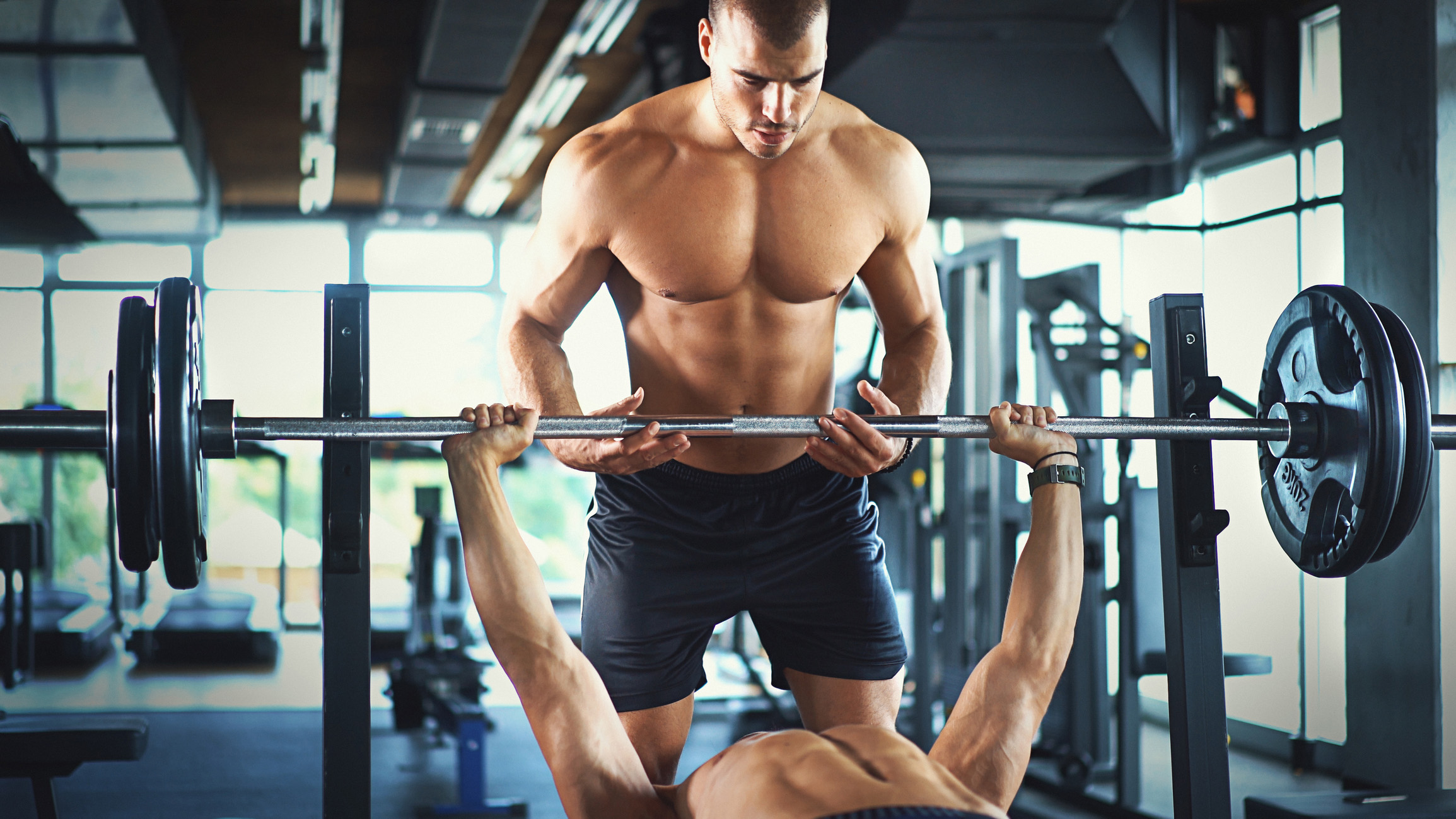
Get someone to spot you when you bench press
Bench press: muscles worked
- Pectorals: all chest muscles are activated during standard bench press
- Delts: mainly the front of the shoulders. Incline press activates the shoulder more.
- Triceps
- Forearm: grip
Best bench press variations
Close grip bench press
This bench press variation activates the triceps more than the standard bench press, much like how the diamond push up works the triceps more than standard push ups.
Incline bench press
Bomb the upper chest more effectively by pressing the weights up on a weight bench set in an incline position. This bench press variation puts more pressure on the shoulder so make sure you adjust the weight plates accordingly (lose a few).
Floor press
This bench press variation takes the pressure off the shoulder and zeros on the pecs.
Bench press alternatives
Push up
Push ups are hands down – pun intended – the best bodyweight bench press alternative that works equally as well in building pecs definition as bench press. A standard push up and its variations also work, to varying degrees, your delts (deltoids; shoulders), core, biceps and more. However, there are so many push up variations, you could create a best upper body workout using nothing but push ups.
Hammer strength chest press (machine)
Mainly recommended for total beginners, the hammer strength chest press is performed on the chest press machine and therefore limits the full range of motion. It can be useful for people with very little pecs strength to get used to the movement, however.
On recovery and nutrition
To avoid any injuries and to help recovery, stretch after every strength training session. Foam rollers can be found in most gyms and you can buy them on Amazon too, a quick and inexpensive way to massage tired muscles.
Also, keep an eye out for your protein intake. If you are doing strength training, try taking in around 2 grams of protein for each kilogram of body weight per day. So, if you weigh 70 kg, you'll need to eat 140 grams of protein per day. Humans haven't got protein reserves, so you have to continuously take protein in throughout the day.
And make sure you drink plenty of water as well. A decent gym water bottle doesn't cost all that much.

Matt Kollat is a journalist and content creator who works for T3.com and its magazine counterpart as an Active Editor. His areas of expertise include wearables, drones, fitness equipment, nutrition and outdoor gear. He joined T3 in 2019. His byline appears in several publications, including Techradar and Fit&Well, and more. Matt also collaborated with other content creators (e.g. Garage Gym Reviews) and judged many awards, such as the European Specialist Sports Nutrition Alliance's ESSNawards. When he isn't working out, running or cycling, you'll find him roaming the countryside and trying out new podcasting and content creation equipment.
-
 OnePlus Watch 3 lands in the UK with a flurry of freebies and a huge discount
OnePlus Watch 3 lands in the UK with a flurry of freebies and a huge discountThe new titanium-clad smartwatch brings 120-hour battery life, ECG health checks, and some serious launch offers
By Matt Kollat Published
-
 Future YouTube feature could put an end to your doomscrolling
Future YouTube feature could put an end to your doomscrollingAnd that's something we would love to see
By Britta O'Boyle Published
-
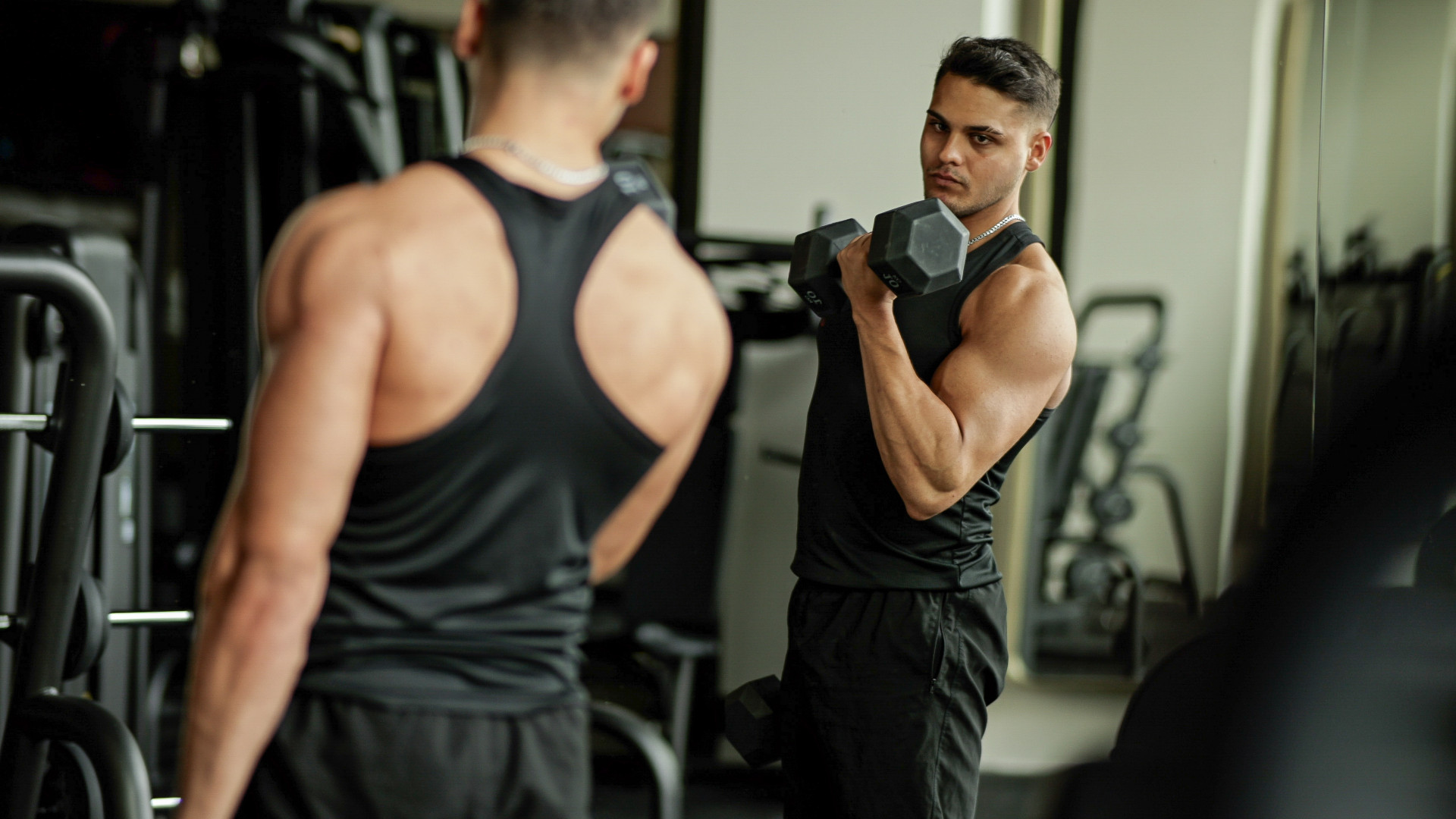 The best biceps exercise, according to science
The best biceps exercise, according to scienceHave you been training your biceps wrong this whole time?
By Lucy Miller Published
-
 Finally! Represent 247 launches its first womenswear collection, taking you from street to gym in style
Finally! Represent 247 launches its first womenswear collection, taking you from street to gym in styleIt's about time guys
By Bryony Firth-Bernard Published
-
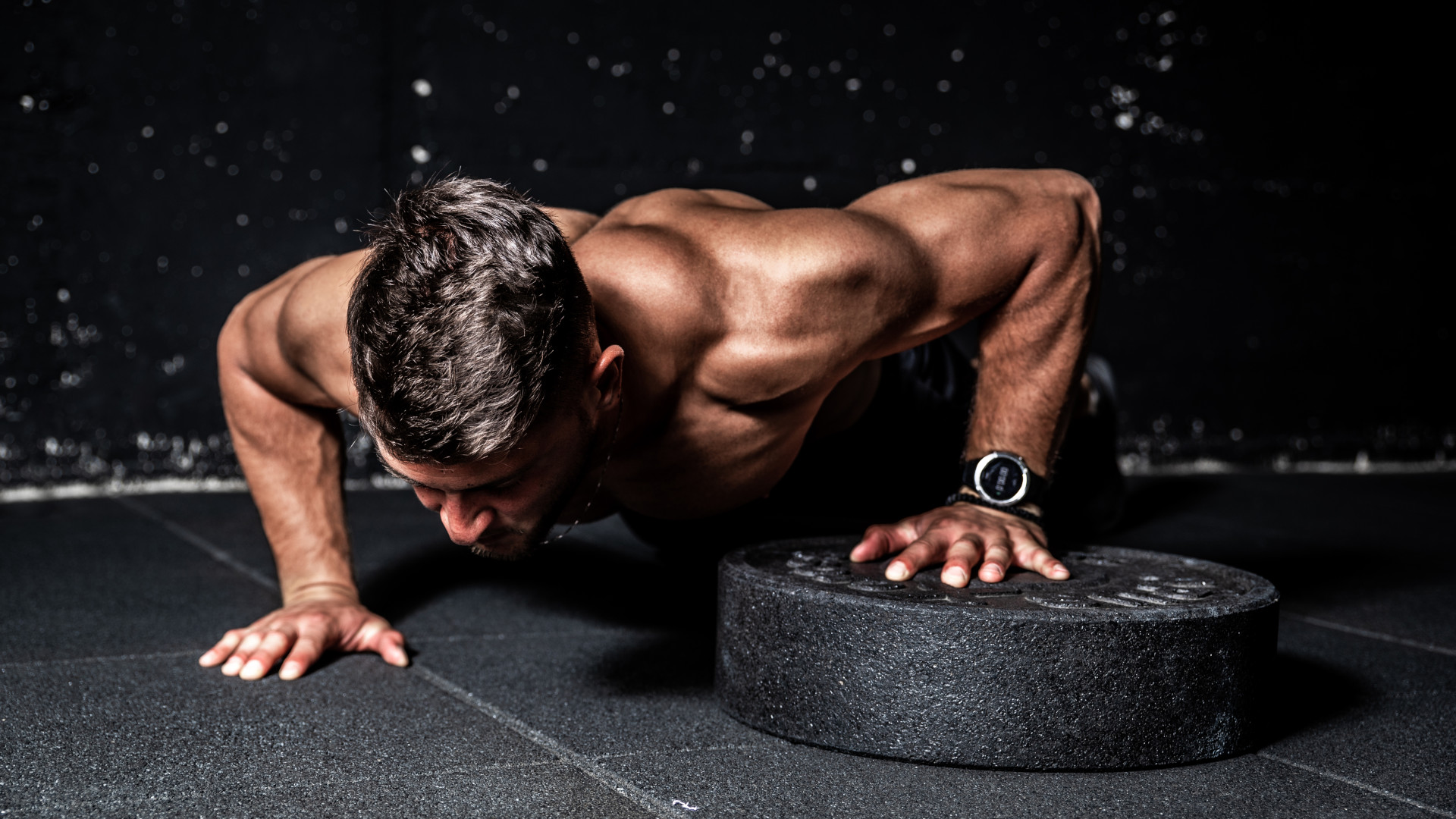 3 chest exercises you’re probably not doing to supersize your pecs
3 chest exercises you’re probably not doing to supersize your pecsA killer pec pump awaits
By Bryony Firth-Bernard Published
-
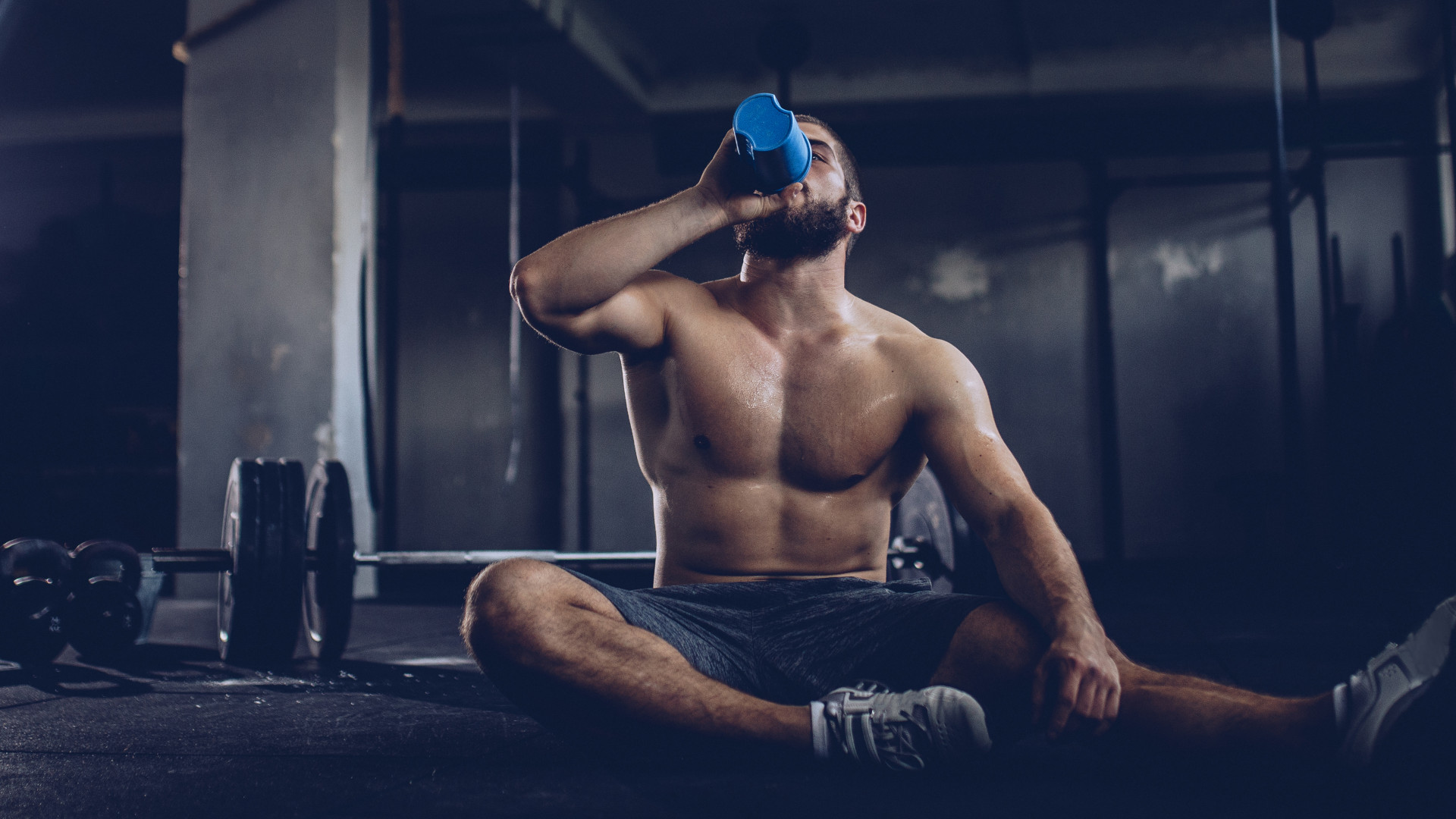 When’s the best time to take creatine?
When’s the best time to take creatine?The science-backed supplement is a must for building strength and muscle, but is there an optimal time to take it?
By Bryony Firth-Bernard Published
-
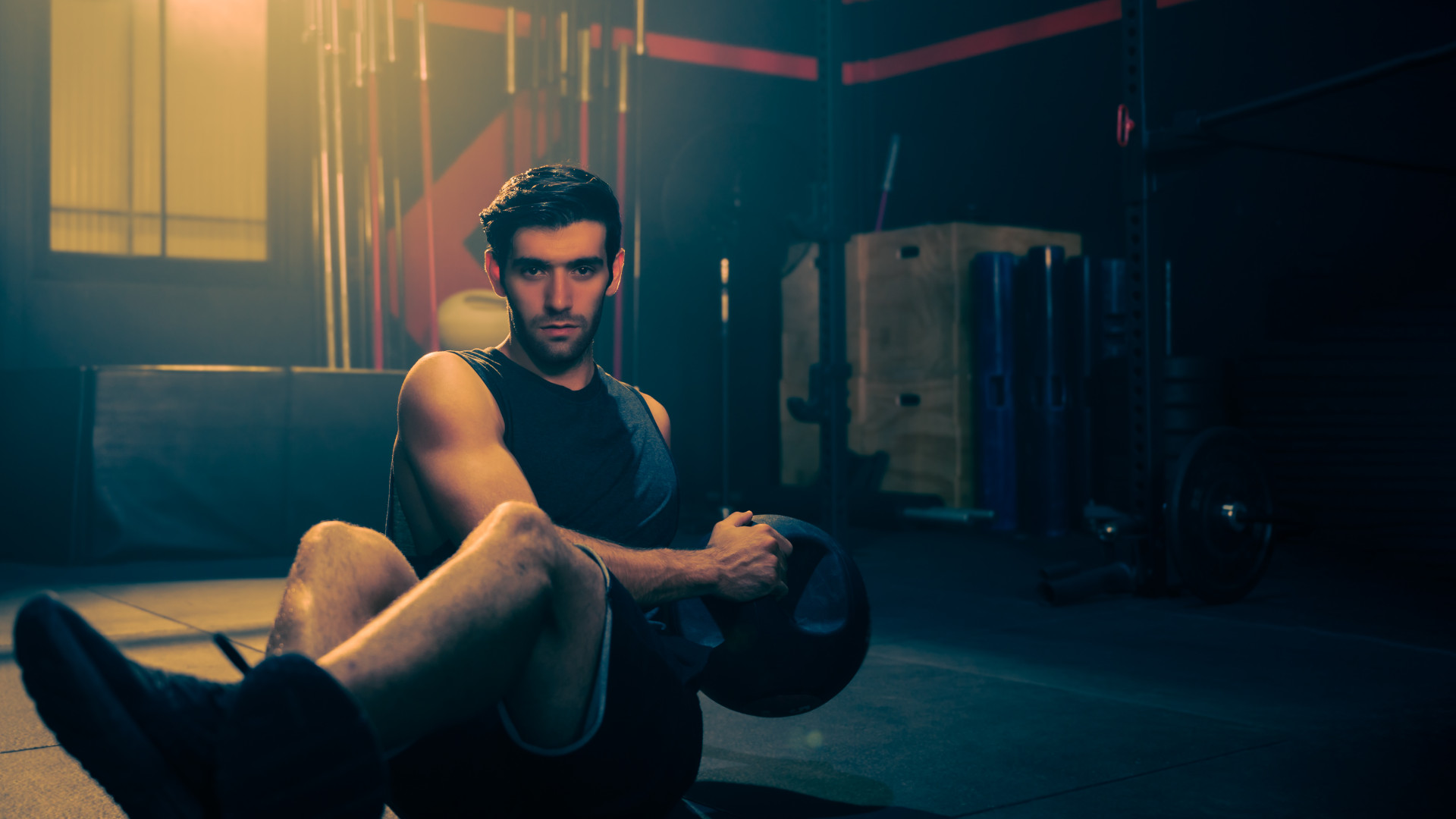 Three overrated core exercises and what you should do instead
Three overrated core exercises and what you should do insteadA fitness expert says these exercises aren’t all they’re cracked up to be
By Bryony Firth-Bernard Published
-
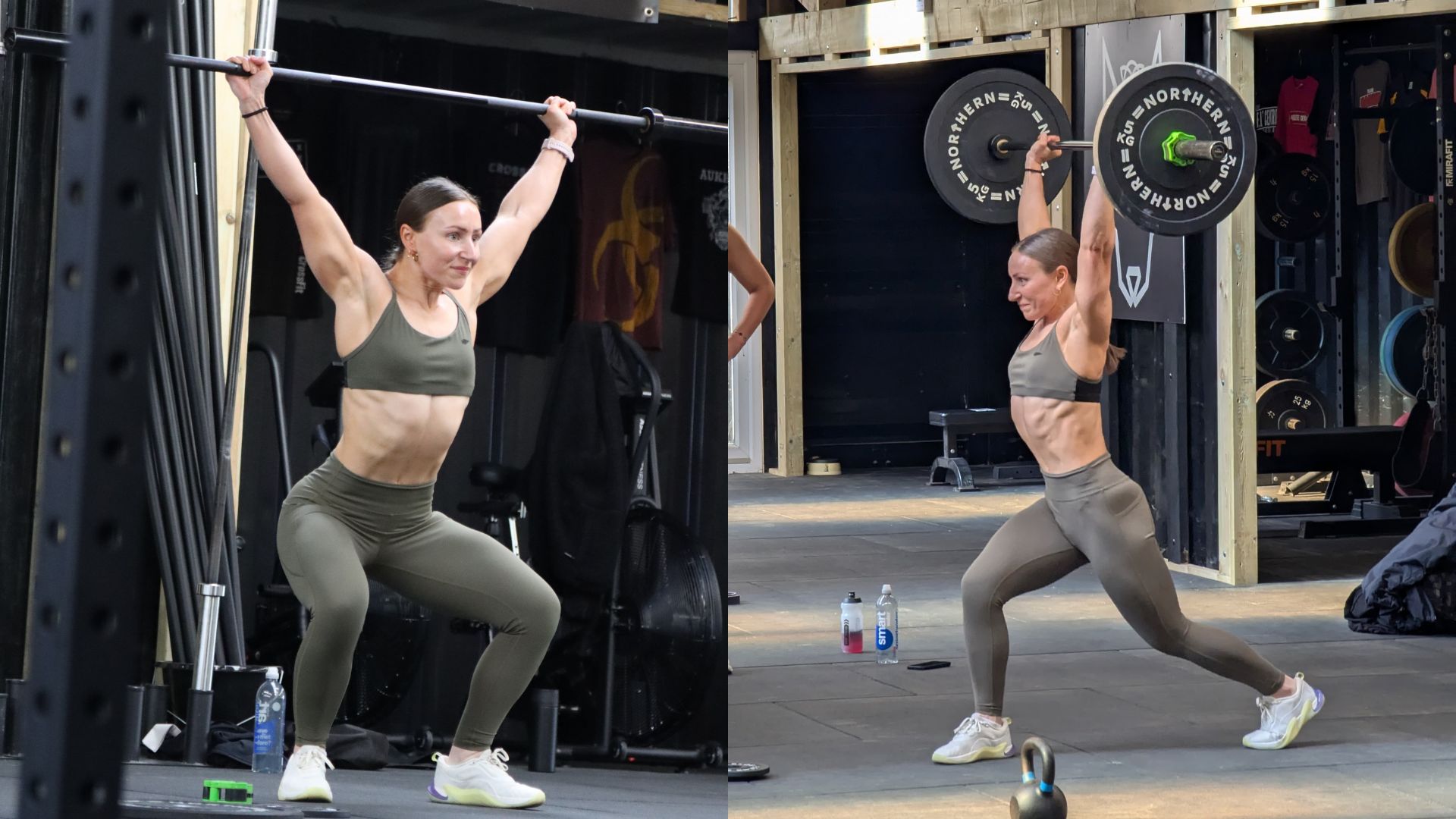 I tried Olympic weightlifting for the first time – here are three things it's taught me
I tried Olympic weightlifting for the first time – here are three things it's taught meBeing strong simply won't cut it
By Bryony Firth-Bernard Published
-
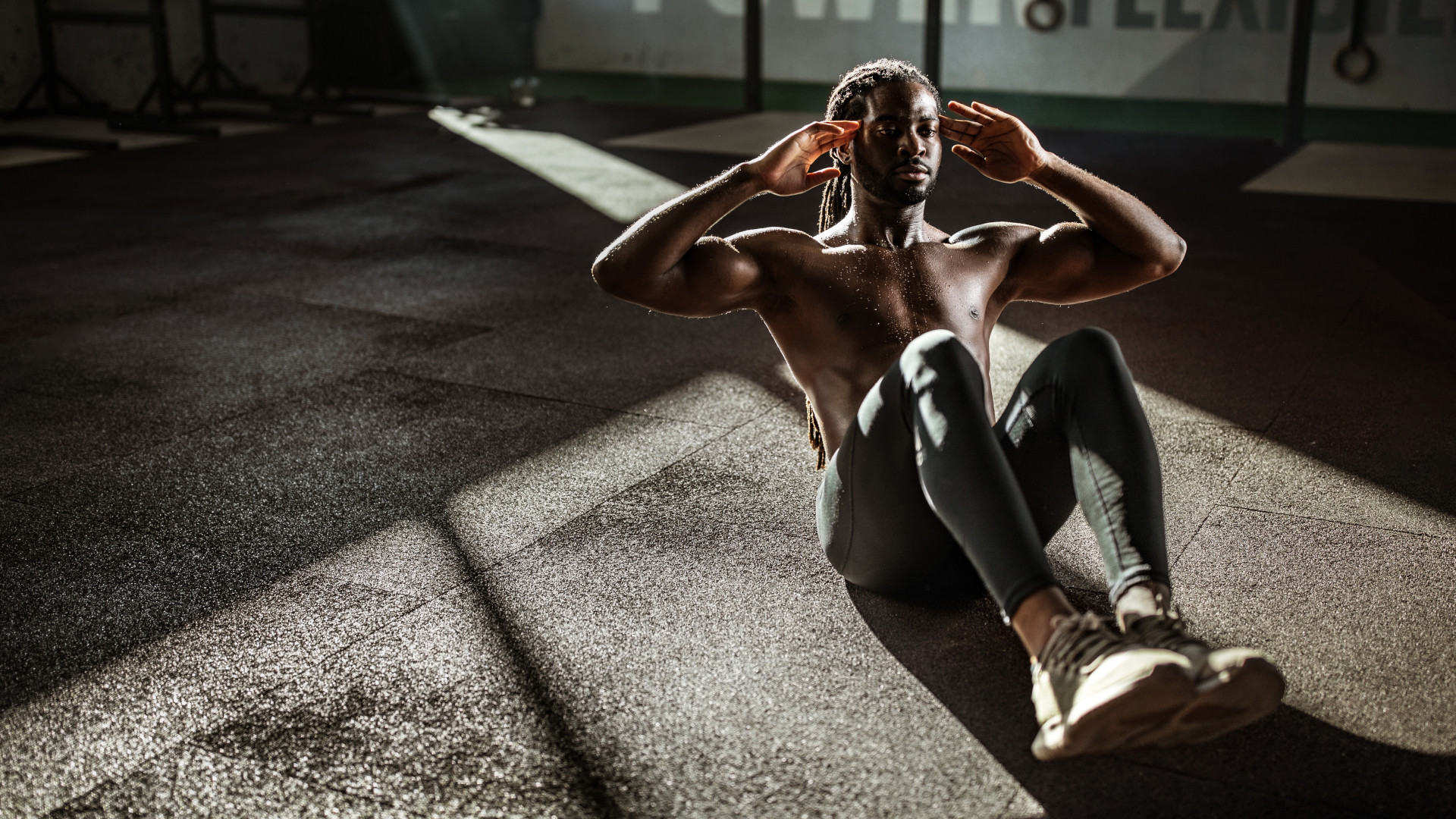 An exercise scientist ranks every ab exercise – and the worst one may surprise you
An exercise scientist ranks every ab exercise – and the worst one may surprise youFYI it’s not crunches or sit-ups
By Bryony Firth-Bernard Published
-
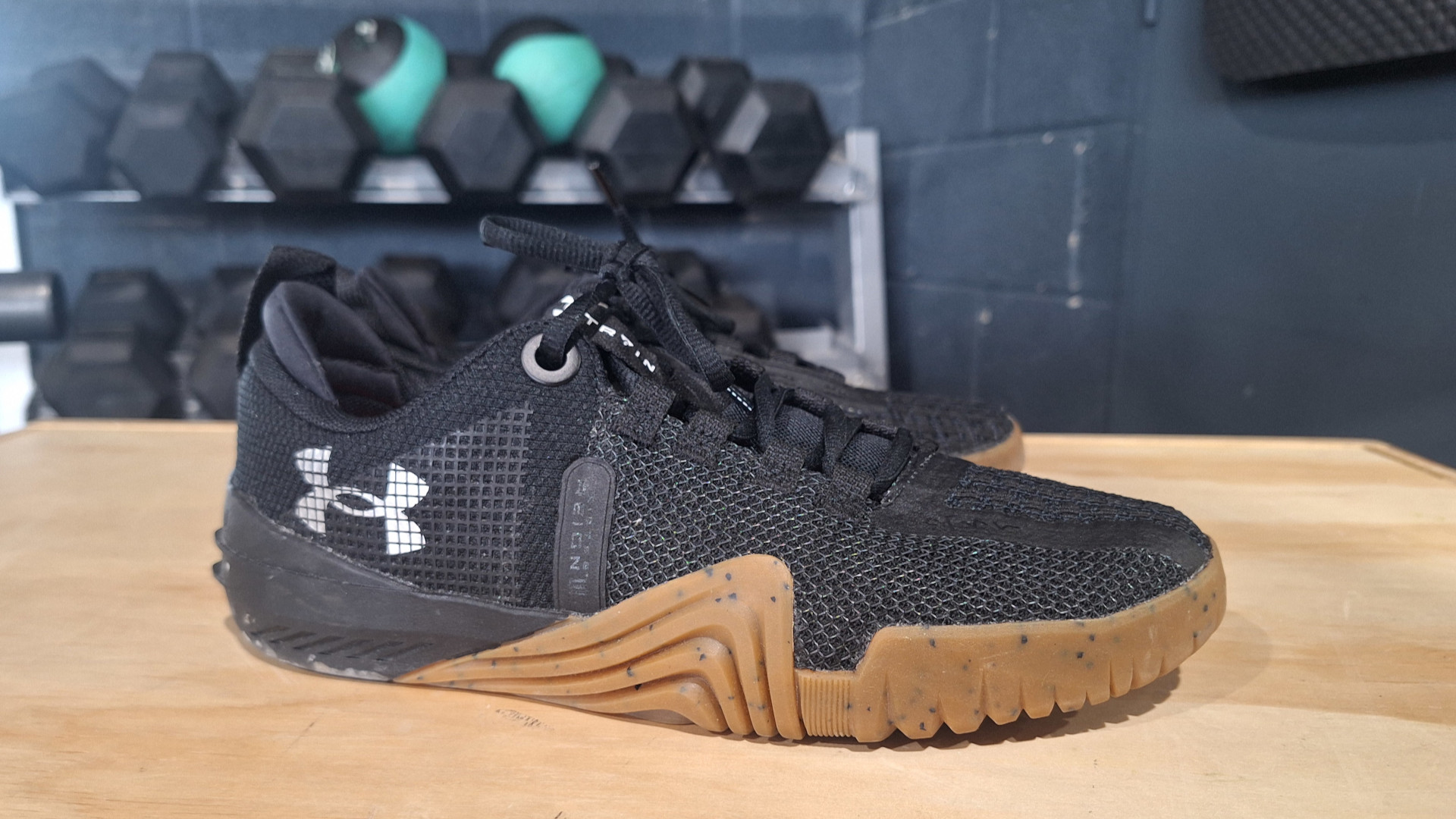 I didn't think Under Armour could improve its top-tier workout shoes – I was wrong
I didn't think Under Armour could improve its top-tier workout shoes – I was wrongThe TriBase Reign 6 has had a complete overhaul, with a flatter sole, improved flexibility and a brand-new look
By Bryony Firth-Bernard Published